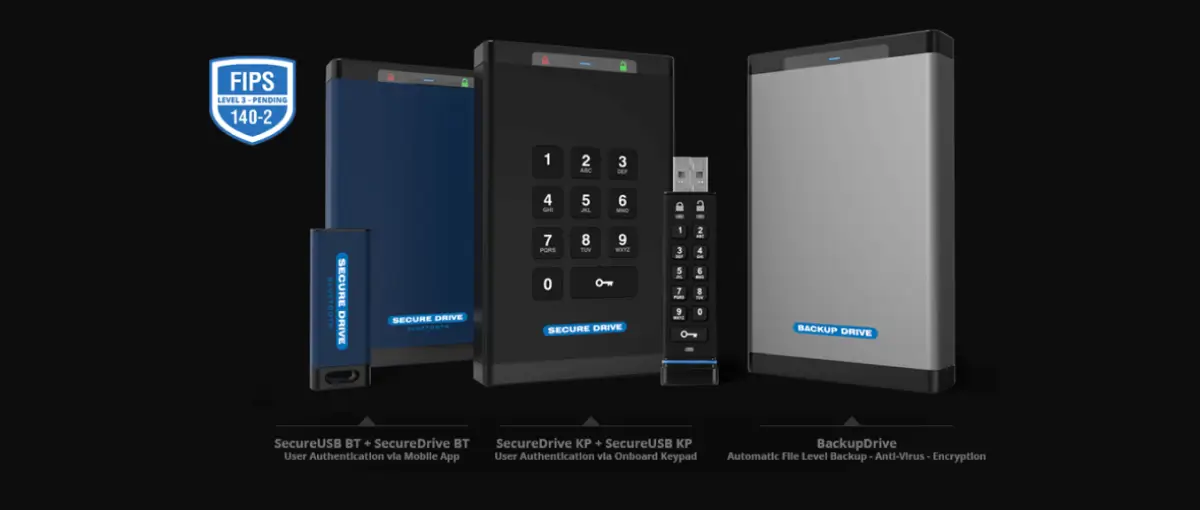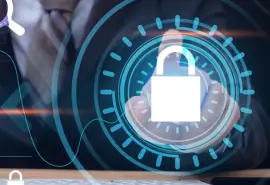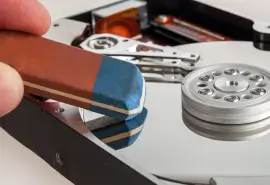Encryption is one of the most effective strategies to protect data from loss and compromise. Self-encrypting drives (SEDs) offer unique technology and an extra layer of protection within the hardware itself. SED users use a password, which serves as a media decryption key, to access the drive.
As long as these passwords are relatively strong, hackers and malicious attacks from ransomware, viruses, and phishing schemes cannot penetrate the protection provided by SEDs. While SEDs are a powerful tool to protect data, recovering data from these drives requires advanced technology and professionals skilled in recovery from encrypted devices.
Self-encrypting drives (SEDs)
Despite their benefits, relatively few businesses and individuals use SEDs. Computer Weekly described SEDs as “security’s best-kept secret.” While some data protection tools slow down performance, SED performance and speed isn’t compromised because the disk encryption occurs at the drive level itself. When it’s time to replace SEDs, that process, too, is improved due to the unique construction of this technology. Deleting the encryption key scrambles the data, making it impossible to retrieve. This is more secure and less time-consuming that overwriting data. Given their strengths in security and performance, it’s unclear why SEDs aren’t utilized more often. SEDs are sometimes slightly higher than typical hard drives but encryption software would be necessary to come close to making typical drives comparable. Even with such addition, the encryption would be run from a software level, which often slows down performance. SEDs are not, however, impervious to flaws.
They are vulnerable to typical causes of data loss including:
- Bad sectors
- Physical drive failure
- Failed controller
- Accidental overwrite
- Accidental deletion
- Fire, smoke, and water damage
Whether you need data recovered from SED or would like to explore the benefits of these “best-kept secrets”, Secure Data Recovery offers options. We’ve recently introduced SecureDrive, our new, military grade 256-bit encrypted hard drive with patented DataLock technology. If you need the help of skilled professionals to recover data from your SED, call us at 1-800-388-1266 or submit a help form today.






